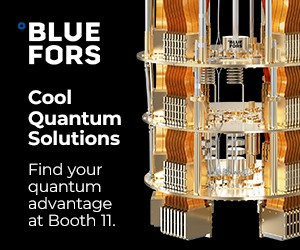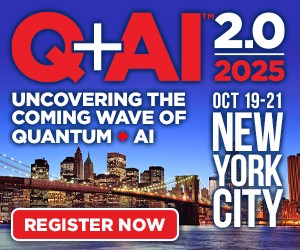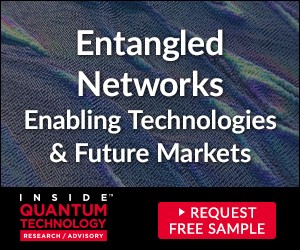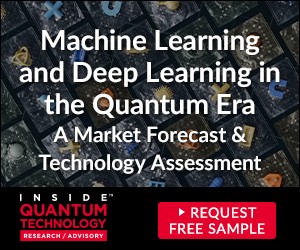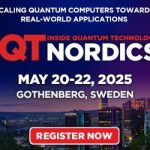Quantum News Briefs November 4: Quantum Motion & Goldman Sachs Identify Quantum Applications in Financial Services Project • Fujitsu & AMD to Begin Strategic Partnership to Accelerate Open-source AI initiatives • Austria Wants to Be the Go-to Business Location for Quantum • NIST Announces 14 Candidates to Second Round of Additional Digital Signatures for PQC
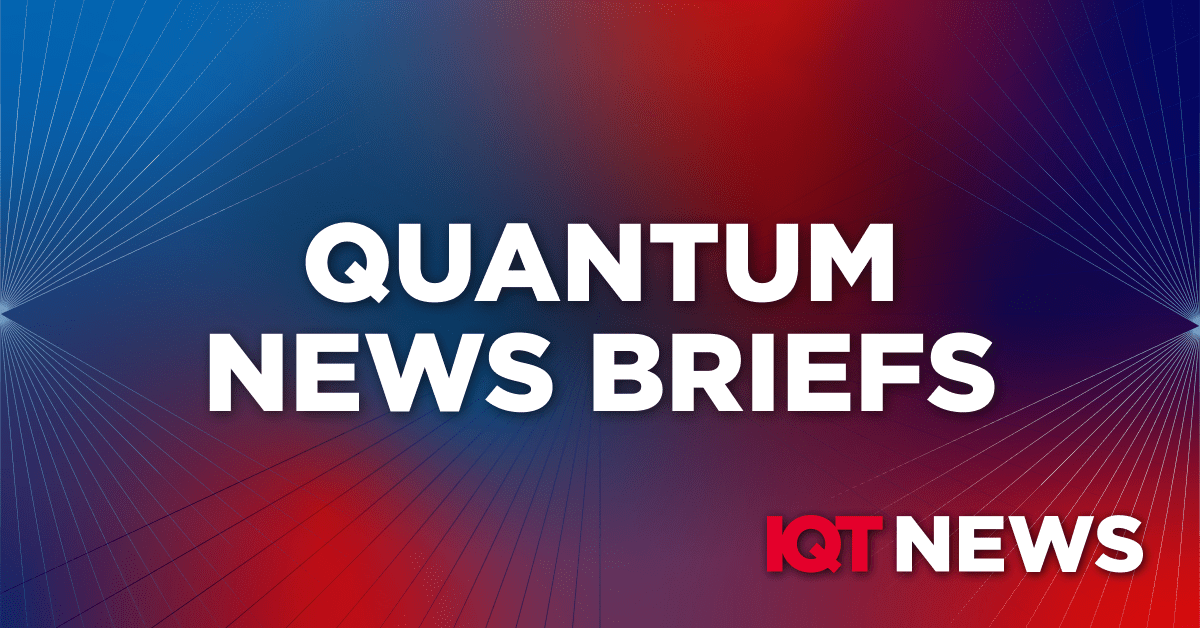
Quantum Motion & Goldman Sachs Identify Quantum Applications in Financial Services Project
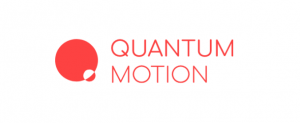 Quantum Motion, a UK-based quantum computing scale-up founded by Professor John Morton, University College London (UCL), and Professor Simon Benjamin, University of Oxford, has worked alongside Goldman Sachs to research how quantum computers can be used in financial services to perform complex calculations, such as
Quantum Motion, a UK-based quantum computing scale-up founded by Professor John Morton, University College London (UCL), and Professor Simon Benjamin, University of Oxford, has worked alongside Goldman Sachs to research how quantum computers can be used in financial services to perform complex calculations, such as  options pricing. The research, which explored how intricate multi-qubit operations can be applied within pricing algorithms, is now undergoing peer-review and has been published on arXiv, an open-access archive of scientific research papers.
options pricing. The research, which explored how intricate multi-qubit operations can be applied within pricing algorithms, is now undergoing peer-review and has been published on arXiv, an open-access archive of scientific research papers.
Options pricing is based on variable market dynamics, volatility and time-sensitivity, which makes it incredibly complex and risky. Traditional computers struggle to price options accurately when processing large amounts of data quickly or exploring a large number of possible scenarios, which is where quantum computers could have a benefit. Goldman Sachs worked with Quantum Motion to develop an efficient algorithm, including researching the necessary software and hardware capabilities, to enable quantum computations fast enough to have a real advantage in this area.
Quantum Motion presented a method in which the complex algorithms at the heart of quantum software – called oracles – can be broken down into many small tasks that run simultaneously. This increases the number of qubits that need to be operating in parallel, but correspondingly reduces the time required to run the algorithm. The improvement in runtime can be vital for applications – such as those in financial services – where the time, usually in the scale of seconds, is critical for delivering quantum advantage.
Fujitsu & AMD to Begin Strategic Partnership to Accelerate Open-source AI initiatives
 Fujitsu and AMD today announced that they have signed a memorandum of understanding (MOU) to form a strategic partnership to create computing platforms for AI and high-performance computing (HPC). The partnership, encompassing all aspects from technology development to commercialization, will seek to facilitate the creation of open source and energy efficient platforms comprised of advanced
Fujitsu and AMD today announced that they have signed a memorandum of understanding (MOU) to form a strategic partnership to create computing platforms for AI and high-performance computing (HPC). The partnership, encompassing all aspects from technology development to commercialization, will seek to facilitate the creation of open source and energy efficient platforms comprised of advanced  processors with superior power performance and highly flexible AI/HPC software and aims to accelerate open-source AI and/or HPC initiatives.
processors with superior power performance and highly flexible AI/HPC software and aims to accelerate open-source AI and/or HPC initiatives.
This collaboration will focus on the three strategic areas of engineering, ecosystems, and business, bringing together Fujitsu’s world-leading supercomputer-based advanced CPU technology with industry-leading AMD GPU technology. Under this collaboration, Fujitsu and AMD will target joint development of innovative computing platforms for AI and HPC by 2027.
From end-to-end, AMD supports an open ecosystem, and strongly believes in giving customers choice. Fujitsu has worked to develop FUJITSU-MONAKA (1), a next-generation Arm-based processor that aims to achieve both high performance and low power consumption. With FUJITSU-MONAKA, together with AMD Instinct accelerators, customers have an additional choice to achieve large-scale AI workload processing to whilst attempting to reduce the data center total cost of ownership.
In Other News; Sifted Reports “Austria Wants to Be the Go-to Business Location for Quantum”
 Sadia Nowshin explains in November 4 article in “Sifted thatAustria wants to “plant the quantum flag and become Europe’s go-to spot for quantum innovation. Investors pumped $793m into the European quantum tech sector last year–a 50% increase compared to the year before, according to Dealroom.
Sadia Nowshin explains in November 4 article in “Sifted thatAustria wants to “plant the quantum flag and become Europe’s go-to spot for quantum innovation. Investors pumped $793m into the European quantum tech sector last year–a 50% increase compared to the year before, according to Dealroom.
This legacy has continued: Innsbruck, a city in the west of Austria, is known for the pioneering work of Peter Zoller, Rainer Blatt and Hans Briegel, say Magdalena Hauser and Wolfgang Lechner, co-CEOs of Innsbruck-based quantum architecture company ParityQC.
“Austria has a strong legacy in quantum physics, thanks to pioneers like Erwin Schrödinger and Wolfgang Pauli,” says Alexander Glätzle, CEO and cofounder of Planqc, a German quantum processing company which expanded into Austria.
This legacy has continued: Innsbruck, a city in the west of Austria, is known for the pioneering work of Peter Zoller, Rainer Blatt and Hans Briegel, say Magdalena Hauser and Wolfgang Lechner, co-CEOs of Innsbruck-based quantum architecture company ParityQC.
From government support to a budding ecosystem of like-minded quantum founders, here’s how Austria plans to become the first country you think of when the sector is mentioned.
Partner potential:
While Austria wants to be the go-to location for quantum in Europe, it knows that its goal requires collaboration with hubs across the continent. This openness is beneficial for startups within its ecosystem.
Austria’s strong legacy in quantum physics:
According to the Austrian Business Agency (ABA), the national investment promotion agency of Austria, there are notable institutions across the country shaping the quantum research landscape.
A supportive ecosystem
Last year, a collective of over 60 research groups in Vienna and the surrounding areas, Linz and Innsbruck was set up with a goal to strengthen Austria’s position as a quantum leader. It was dubbed the Cluster of Excellence Quantum Science Austria (QuantA).
NIST Announces 14 Candidates to Advance to the Second Round of the Additional Digital Signatures for the Post-Quantum Cryptography Standardization Process
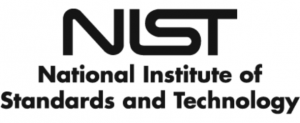 After over a year of evaluation, NIST announced in late October the 14 candidates for the second round of the Additional Digital Signatures for the NIST PQC Standardization Process. The advancing digital signature algorithms are:
After over a year of evaluation, NIST announced in late October the 14 candidates for the second round of the Additional Digital Signatures for the NIST PQC Standardization Process. The advancing digital signature algorithms are:
|
|
NIST Internal Report (IR) 8528 describes the evaluation criteria and selection process. Questions may be directed to pqc-comments@nist.gov. NIST thanks all of the candidate submission teams for their efforts in this standardization process as well as the cryptographic community at large, which helped analyze the signature schemes.
Moving forward, the second-round candidates have the option of submitting updated specifications and implementations (i.e., “tweaks”). NIST will provide more details to the submission teams in a separate message. This second phase of evaluation and review is estimated to last 12-18 months.










